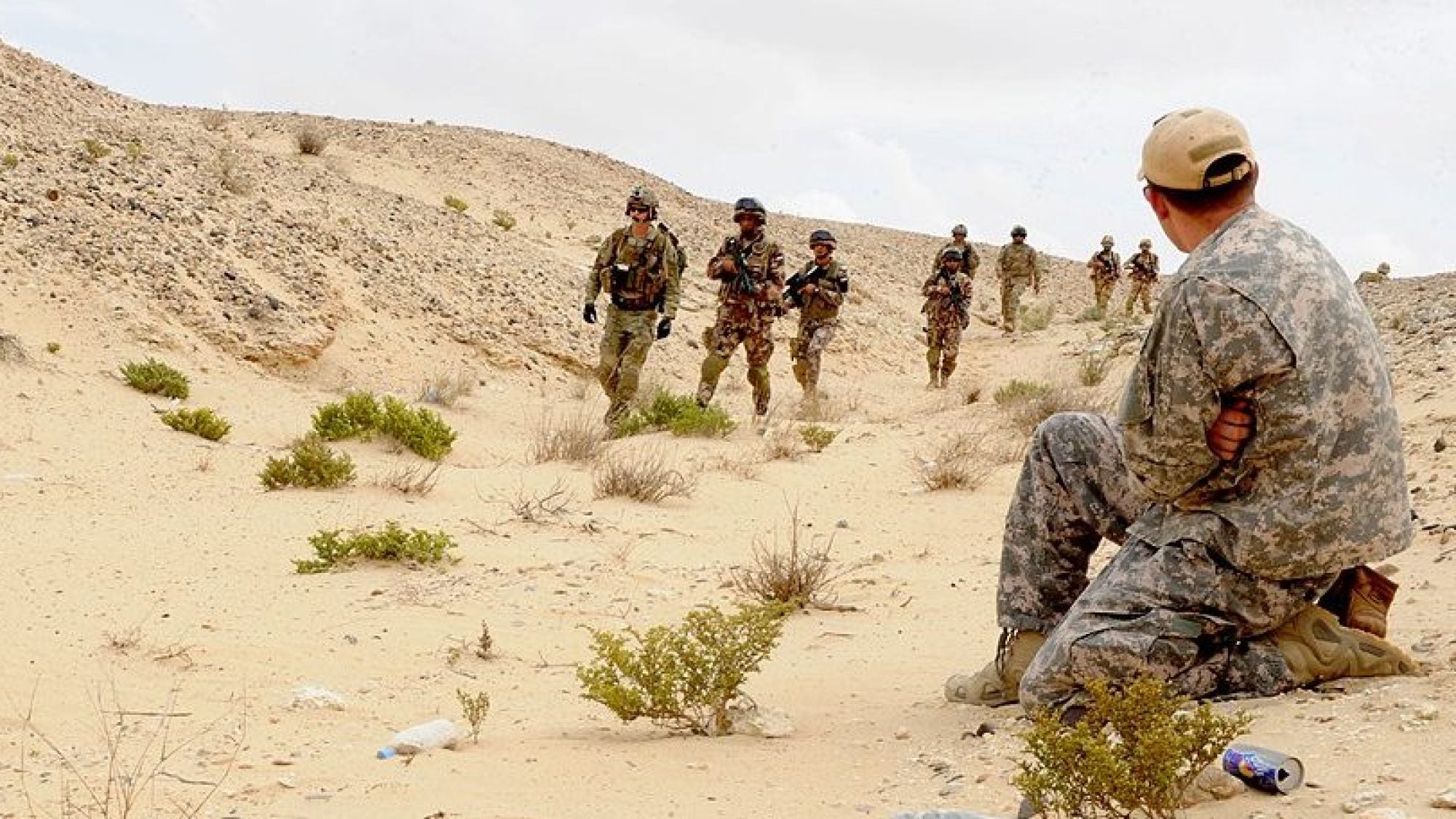After more than a decade of grueling combat, the U.S. military is finally stepping back from its intense focus on fighting ground wars in southwest Asia. Though fifteen to thirty thousand U.S. troops may remain in Afghanistan after 2014, the U.S. military has nevertheless entered a period in which it can prioritize other activities, such as bolstering its presence in the Asia-Pacific region and training for battles against the high-tech militaries of powerful nation-states. These activities have received less attention since 9/11 because wartime operations dictated otherwise. The Pentagon now wants to increase investment in these areas, while also restoring forces worn down in Afghanistan and Iraq to ensure that the American military remains ready to defeat any adversary that threatens U.S. interests.
Standing athwart these ambitions, of course, is the fact that the U.S. defense budget traditionally shrinks when American wars end. Lawmakers already have cut a half trillion dollars from planned core defense spending, which excludes war funds, over the next decade. They will continue to feel pressure to cut more because of widespread anger over America’s surging indebtedness, especially since national debt held by the public has reached nearly $11 trillion, or more than 70 percent of America’s gross domestic product (GDP), the highest level since 1950. Defense budget cuts already have increased the risks to U.S. security, and the risks will grow if the cuts get bigger. Whether the risks are acceptable is a matter of legitimate debate. Regrettably, however, Washington has failed to have this debate in a serious way. The lack of sophisticated discourse weighing the strategic risks of defense cuts may lead American political leaders to make poor choices that imperil U.S. interests.
This essay was not written to oppose cuts to U.S. military spending. Indeed, the author has published several reports recommending ways in which the Department of Defense (DoD) could operate more effectively and reduce spending on military force structure, personnel, procurement, and overhead. Instead, this was written to be- seech political leaders—and informed observers—to consider risk carefully and accept it knowingly. To believe on blind faith that the mighty U.S. armed forces will find a way to overcome the next security challenge, regardless of the financial obstacles they face, and that conversations about risk are therefore unnecessary, is an abrogation of the sacred trust amongst the United States, its military, and the many nations that rely on it for protection. (purchase article…)
Travis Sharp is a Non-Resident Fellow at the Center for a New American Security (CNAS) and co-author of the recent CNAS reports Sustainable Pre-eminence: Reforming the U.S. Military at a Time of Strategic Change (2012) and Hard Choices: Responsible Defense in an Age of Austerity (2011).
Image Credit: MSgt Kevin Nichols, Public domain, via Wikimedia Commons
This is an archived article. While every effort is made to conserve hyperlinks and information, GJIA’s archived content sources online content between 2011 – 2019 which may no longer be accessible or correct.

